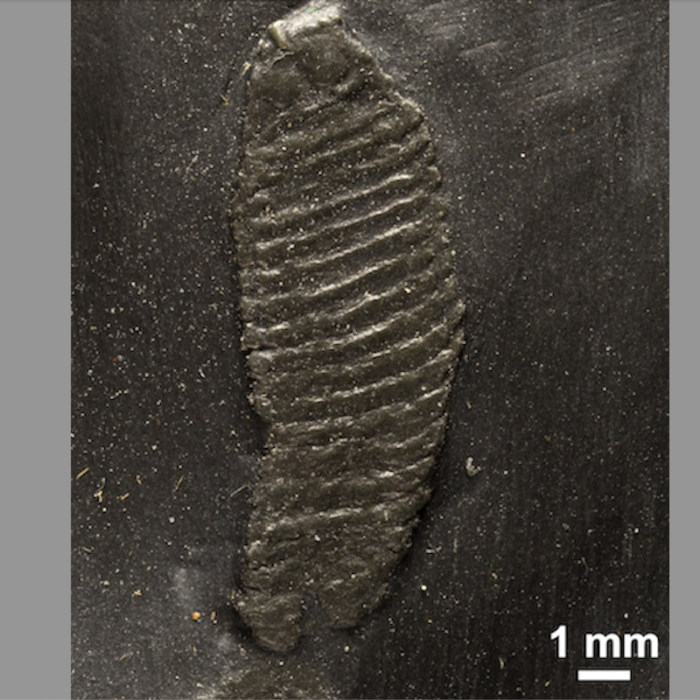For over 200 years, since Henri Marie Ducrotay de Blainville first used the term palæontologie in 1822, later giving rise to the English word ‘palaeontology’, this discipline has faced with the challenge of interpreting fossils that bear no resemblance to any known organisms. At times, decades were required to eventually unravel the affinities of certain specimens, including the iconic Anomalocaris. Originally described in 1892 as a peculiar shrimp abdomen, it was not until 1985 that it was revealed to be only one of a pair of raptorial head appendages from a large predatory animal. Another enigmatic group of arthropods, the euthycarcinoids, had to wait until 2020 to find their rightful place on the tree of life, recognized as aquatic myriapod ancestors. Nevertheless, the precise affinities of many other fossils, like the renowned Tully monster or Palaeospondylus, remain profoundly enigmatic and hotly debated within the palaeontological community.
In an article published today in Biology Letters, my collaborators and myself have resolved an 80-year-old mystery by deciphering the true nature of a 400-million-year-old marine creature from Germany. Since its initial description in 1943, this fossil, named Gilsonicaris rhenanus, has perplexed scientists who have alternatively interpreted it as an anostracan crustacean (‘fairy or brine shrimp’), a myriapod, or even a part of a starfish arm. Using a 3D X-ray scanner, we reveal that Gilsonicaris is, in fact, a polychaete annelid (‘bristle worm’). This discovery unequivocally dismisses the existence of marine anostracans 400 million years ago, while also offering a wealth of new information regarding the early evolutionary history of bristle worms and their soft tissues.
A 3D model that can be manipulated at will!
Reference: Gueriau P., Parry L.A. & Rabet N. 2023. Gilsonicaris from the Lower Devonian Hunsrück slate is a eunicidan annelid and not the oldest crown anostracan crustacean. Biology Letters 19: 20230312. Find the article (Open Access) here
